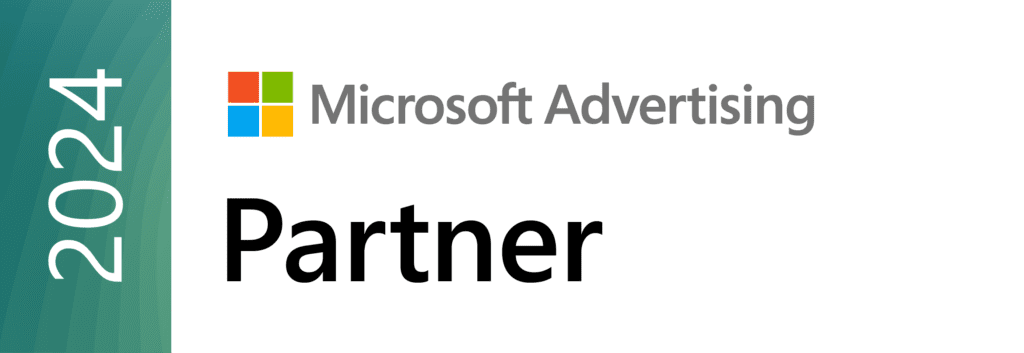While Google Analytics 4 has been around for a number of years, but by 1st July 2023 it will be compulsory for companies to start using it.
In this article, we lay out the pros and cons of GA4 so you know what to expect with the big switch over.
Need advice on how to get set up on GA4? Contact our Paid Search team here asap.
What is Google Analytics 4?
Google Analytics 4 is the newest version of Google’s web analytics platform. It launched in October 2020 with a whole design overhaul, focused on providing a more customisable approach to tracking website and app activity, as well as customer behaviour across multiple devices and platforms.
Compared to the previous version of Google Analytics, GA4 offers several new features, including:
- A more streamlined interface
- Better data and privacy controls
- The ability to track users across channels
- Integrations with Google products like Google BigQuery
Since its launch three years ago, users who have switched early to the initial iterations have generally not been the biggest fans of the platform.
We have seen a few changes and improvements in recent months though, so here’s a quick overview:
The Pros of GA4
Data Model
One of the most significant differences is the data model. GA3 uses a session-based model, where data is organised into hits, sessions, and users. GA4, on the other hand, uses an event-based model, where all interactions are treated as events, providing more flexibility in tracking user interactions across devices and platforms.
With greater flexibility around event tracking, it allows businesses to track events with custom parameters. This makes it easier to capture and analyse specific user actions, interactions, or conversions on a website or app.
User Centric Focus
GA4 puts a stronger emphasis on individual user tracking and analysis. It assigns a unique User ID to each user, enabling better cross-device and cross-platform tracking. This allows you to gain insights into how users interact with your website or app across multiple touchpoints.
Enhanced Machine Learning
The new version of Google Analytics incorporates more advanced machine learning capabilities compared to GA3. It includes features like:
- Automated insights
- Predictive metrics
- Anomaly detection
These can help you identify trends, predict user behaviour, and uncover meaningful insights without extensive manual analysis.
Privacy
GA4 places a greater emphasis on privacy. It uses a new event-based data model that offers more advanced data control options to comply with privacy regulations, such as GDPR and CCPA.
It also includes features like granular data controls, enhanced data deletion capabilities, and stronger data privacy settings.
The Cons
Learning curve
GA4 is still a relatively new platform, and some features that were available in Universal Analytics are not yet available in GA4. For example, GA4 does not currently support the User Explorer report or custom funnels.
Not only that, but it can be a challenge for the average user, and even some seasoned ones, to access data that appeared more readily available on GA3, such as Product Performance reports.
While these can be built within the interface, it can prove time consuming to recreate the data reports we are used to easily accessing.
Data integration & Comparisons
GA4 has a different data model than Universal Analytics, which can make it difficult to integrate data from both platforms. This can be a problem for businesses that rely on historical data for their analysis and decision-making.
Even if it was possible to integrate this data, a lot of metrics have different meanings on each platform. For example, Users is defined as Total Users for a given period on GA3, whereas GA4 looks at Active Users who have been on the site in the last 28 days.
This means that over the next few months, advertisers and brands are likely to struggle with MoM and YoY comparisons.
Data accuracy
GA4 uses data sampling to process large datasets, which can result in inaccurate data if not correctly configured.
There have been reports of data discrepancies and issues with data accuracy in GA4. This will be a significant concern for businesses that rely heavily on accurate data for their decision-making processes.
While many of these issues are being addressed by Google as they continue to develop and improve GA4, big improvements might still be a long way off. Judging by recent comments on Twitter, the cons seem to be outweighing the pros so far.
It’s important to note that there are alternatives to Google Analytics for data tracking and analysis. It is worthwhile to review other platforms before making the switch to ensure that it meets your business’s specific needs and requirements.
What do you do now?
Whether you love it or hate it, GA4 is here to stay and the deadline is not changing. Whilst historical data will be accessible in UA properties until July 1, 2024, UA will stop processing data on July 1, 2023.
We are still seeing a huge number of businesses that have not made the switch. Our most pressing piece of advice right now is, do not delay GA4 migrations!
If you need help with implementing GA4 on your website, get in touch with our paid advertising team here.





